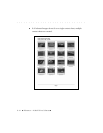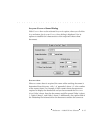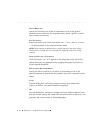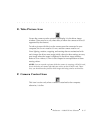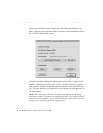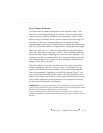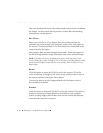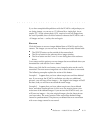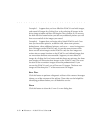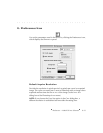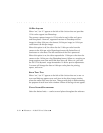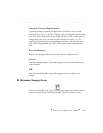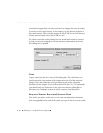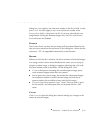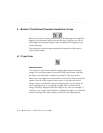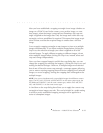
. . . . . . . . . . . . . . . . . . . . . . . . . . . . .
8-22 Reference — Kodak Driver Software
Example 3.
Suppose that you have filled the PCMCIA card with images,
and erased all images by clicking E
RASE or by selecting all images in the
driver image window and then clicking the D
ELETE button. If you recover
the disk with this button before you take any additional pictures you will
have recovered all of the images you erased.
Example 4.
Suppose that you begin with a blank PCMCIA card. Over
time you have taken pictures, erased the disk, taken more pictures,
deleted some, taken additional pictures, and so on — never having more
than 20 images on the PCMCIA card. As you take new pictures while
there are still active images on the PCMCIA card, the new images are
written into an empty location on the PCMCIA card; deleted images that
are overwritten become unrecoverable. Suppose you now delete all
images by clicking the E
RASE button and take three new pictures; the three
new images will overwrite three images on the PCMCIA card. The exact
location of the overwritten images cannot be predetermined. If you
recover the PCMCIA card, you will recover 20 images. The three new
images will be there plus 17 of the most recent 20 images.
SELF TEST
Click this button to perform a diagnostic self-test of the camera. Messages
inform you of the outcome of the self-test. These data can be helpful for
identifying problems before you call Kodak for service.
DONE
Click this button to close the CAMERA CONTROL dialog box.



